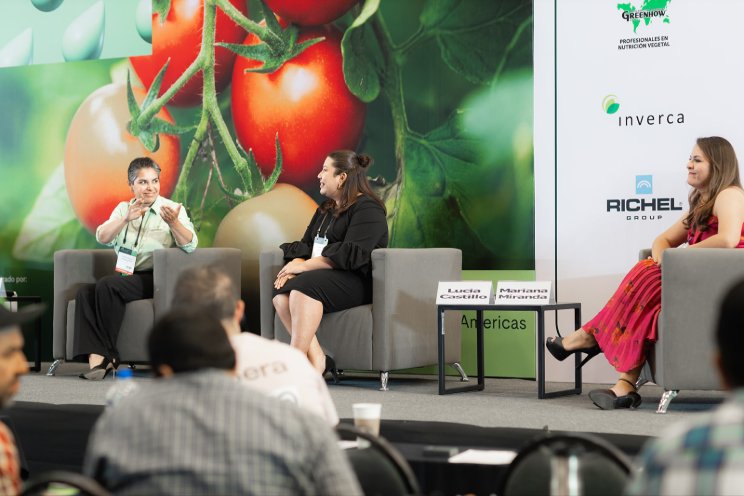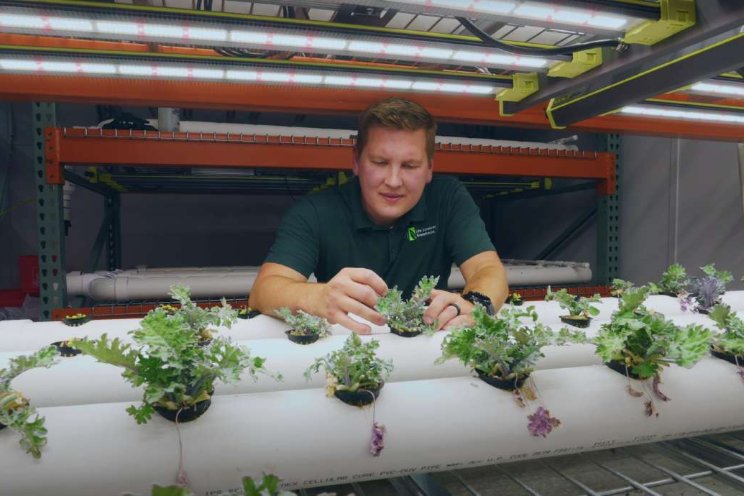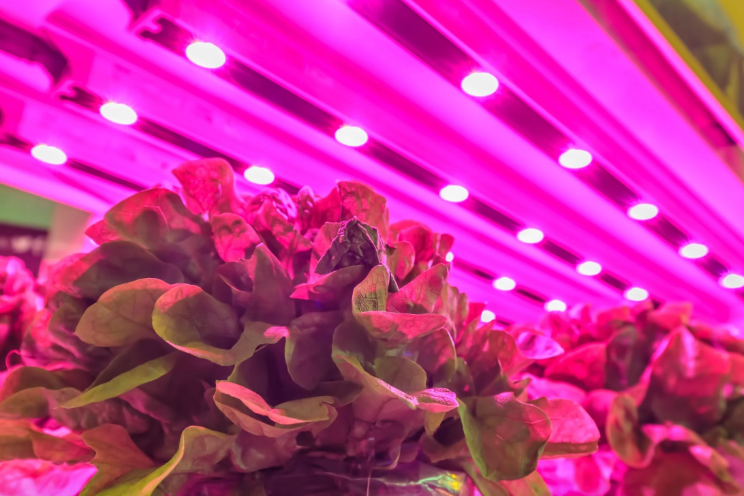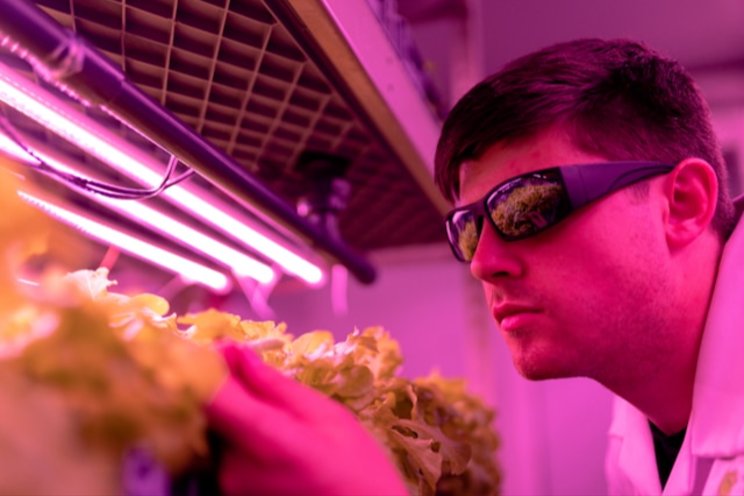$2 Trillion relief programs for businesses
Added on 02 April 2020

How do business owners in the horticulture industry stand to benefit from this relief package? To address this question, AmericanHort hosted a webinar (its third COVID-19-focused webinar in two weeks) that included information and insights from its partner organization K-Coe Isom, an agriculture consulting and accounting firm.
The entire webinar can be viewed on demand here. Here are a few of the highlights, which were presented by K-Coe Isom Federal Affairs Lead Brian Kuehl and Senior Associate Kala Jenkins.
- It's worth noting right from the beginning, Kuehl points out, that things are moving quickly (by the hour, actually) in terms of how the law will be implemented. In fact, initial guidance from the Treasury Department came out within minutes of the webinar. In other words, keep following the news as the law rolls out.
- The CARES Act is the third stimulus bill that has been implemented in the wake of COVID-19. The first one declared COVID-19 a disaster under the Small Business Administration (SBA) Economic Injury Disaster Loan (EIDL) program, which is typically used only in cases of extreme weather. The second was the Families First Coronavirus Response Act, recapped here.
- The CARES Act includes five relief packages: $349 billion for paycheck protection programs; $10 billion that expands loans that came out of the first stimulus bill and will now likely include agriculture; $500 billion for an economic stabilization fund run by the Treasury Department (designed for industries like airlines and national security); $9.5 billion that goes directly to the Secretary of Agriculture to help producers affected by COVID-19 (it's unclear to this point how this will be used); and $14 million to the Commodity Credit Corp., which would be used to address concerns such as trade disruptions. Of these five packages, it's the paycheck protection programs that would be of most interest to horticulture industry members.
- Kuehl notes that while the $349 billion for payment protection may seem like a high number, there's a chance that enough businesses will apply that it could max out rather quickly (he says he sees a chance the overall amount will be increased at some point). But this doesn't mean everyone should rush out to apply. "Get up to speed on it, and make a qualified decision as to whether it's right for your business. If it is, feel free to move ahead."
- Here's one very interesting element of the payment protection program, according to Jenkins: it's been updated from existing loan programs to add in loan forgiveness, up to a point (see below). In other words, a large portion of the loan will be forgiven (making it more like a grant than a loan) if you accurately track and report how it is used.
- Even the portion of the loan that is not forgiven has some benefits, Jenkins says. It has a max interest rate of 0.5% and must be paid off within two years; all payments are deferred for six months; loan guarantee fees and collateral are waived; and there is no requirement for an applicant to prove that credit is not available anywhere else.
- Like the Families First Coronavirus Response Act, eligible companies must have less than 500 employees (including full-time, part-time, and seasonal workers). There are no income limits.
- The Small Business Administration will ask those who apply to submit proof of how their business has been impacted by COVID-19, although it's unclear how this will take shape. Business owners will have to certify that the funds will be used to retain employees and make operating payments.
- Loan amounts are based on payroll costs (check out the two images below for how this should be calculated).
- The funds a business receives can be used to cover payroll costs, as well as mortgage or rent and utilities payments.
- When can you apply? According to Jenkins, the application window opens on Friday, April 3 for small businesses, and April 10 for independent contractors and self-employed individuals. Because of the likely rush by many to apply, Jenkins says she expects the SBA to increase its number of regulated lenders to reduce the time frame for processing applications.
- A couple notes on the EIDL program from Jenkins: Business owners can apply for loans through both the EIDL and payment protection programs, but the loans cannot be for the same purposes. Also, while there are similar eligibility requirements between the two programs, the EIDL program does not include debt forgiveness. It also has a slightly higher interest, although guarantee fees are waved for loans below $200,000.
Source: Greenhouse Grower
Photo by Sharon McCutcheon on Unsplash
Source: Greenhouse Grower
More news















